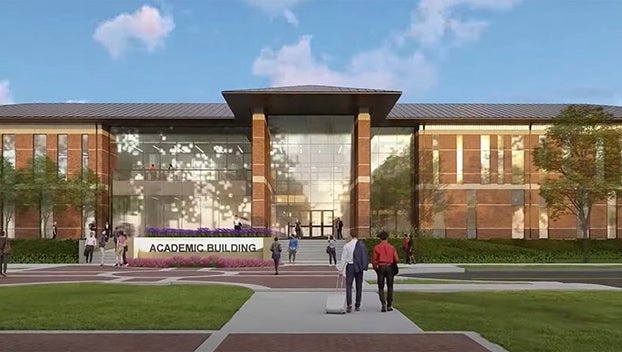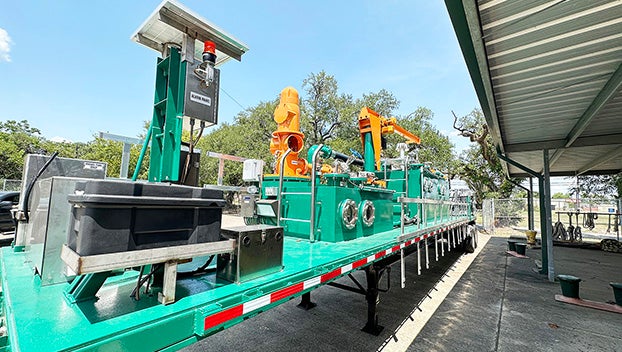Understanding the new tax terminology, maybe
Published 12:11 am Wednesday, August 12, 2020

- From the Editor
|
Getting your Trinity Audio player ready...
|
Prior to Senate Bill (S.B.) 2, the term “effective tax rate” referred to the benchmark tax rate needed to raise the same amount of maintenance and operations property taxes on existing property as the previous year, after taking into account changes in appraised values.
S.B. 2 changed the terms “effective tax rate” and “effective maintenance and operations tax rate” to “no-new-revenue tax rate” and “no-new-revenue maintenance and operations tax rate,” respectively.
Additionally, the term “rollback tax rate” was changed to “voter-approval tax rate.”
More significant than the change in terminology is the modification to both the voter-approval rate formula, and the requirement that cities hold automatic elections to approve tax rates exceeding the voter-approval tax rate, according to TML Staff in a document explaining S.B. 2.
These terms will be necessary to understand as entities vote on proposed tax rates for the upcoming fiscal budgets.
Under pre-S.B. 2 law, a city’s rollback rate was the rate necessary to raise precisely eight percent more maintenance and operations tax revenue as the year before after taking into account appraisal fluctuations. The debt service component of the tax rate is then added to the product of the effective maintenance and operations rate and 1.08.
In addition to changing the terminology from “rollback rate” “to “voter-approval rate,” S.B. 2 lowers the multiplier used in the rate calculation from 8 percent to 3.5 percent for cities that aren’t considered to be “special taxing units,” which is nearly every Texas city. To illustrate, the old calculation of a city’s rollback rate was as follows:
Rollback Rate = (Effective Maintenance and Operations Rate x 1.08) + current debt service tax rate
Under S.B. 2, that calculation now looks like this:
Voter-Approval Rate = (No-New-Revenue Maintenance and Operations Rate x 1.035) + current debt service tax rate
TEX. TAX CODE § 26.04(c).
There are some other adjustments as well. Most notably, under the new formula a city adds its “unused increment rate” to the 3.5 percent limit on maintenance and operations increases. Unused increment is discussed in greater detail below.
Clear as mud, isn’t it?
More simply put, if the governing body of a taxing unit (city, county, etc.) adopts a tax rate that exceeds the voter-approval tax rate, it must automatically hold an election for voters to approve the tax increase.
So, if the voter approve rate is .81138, and the entity selects .82138, citizens have to approve the rate by an election in order for it to pass.
Fortunately, local governing entities in Orange County are willing to go less than that and avoid an election.
Dawn Burleigh is general manager and editor of The Orange Leader. She can be reached at dawn.burleigh@orangeleader.com





